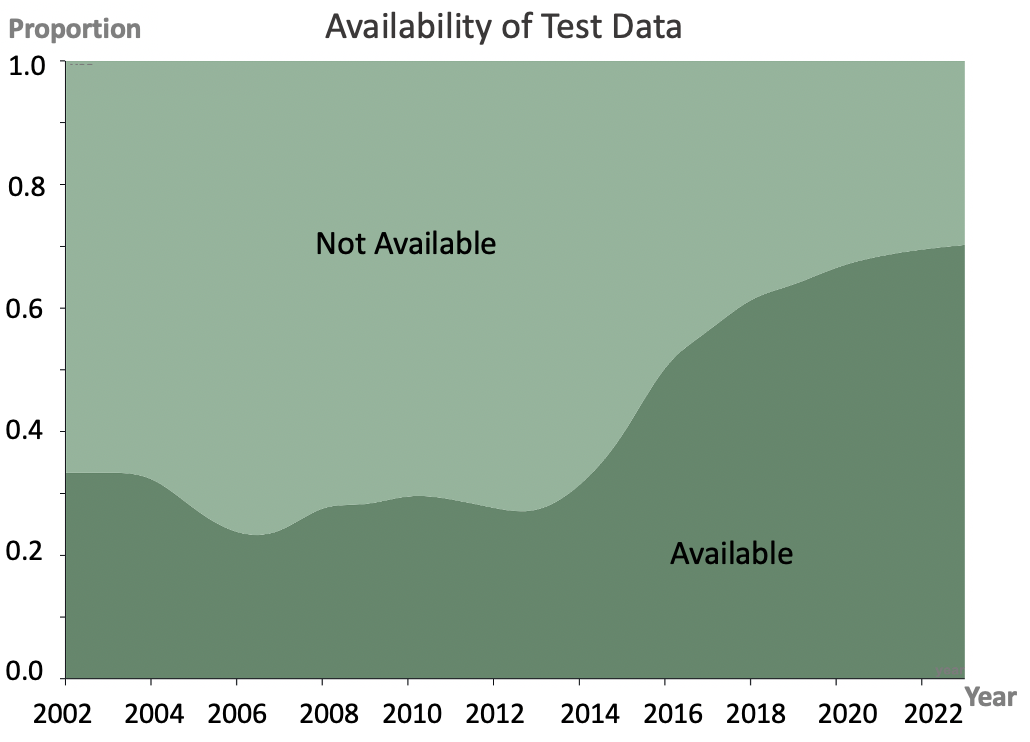Introduction: Accessible in this Google Sheet. We applied keyword filtering and manual verification for papers scraped from ACL Anthology, obtaining a total of 480 NLP datasets on social intelligence. Each dataset has the attribute of year, title, link, type of intelligence, social factor, NLP task, data source, annotation strategy, generation method, data format, language, modality, public availability of the test set.
What insights can we distill from the data library?
By visualizing the trends of the datasets in the data library, we obtain insights about the past and current NLP paradigm for dataset development on social intelligence.













